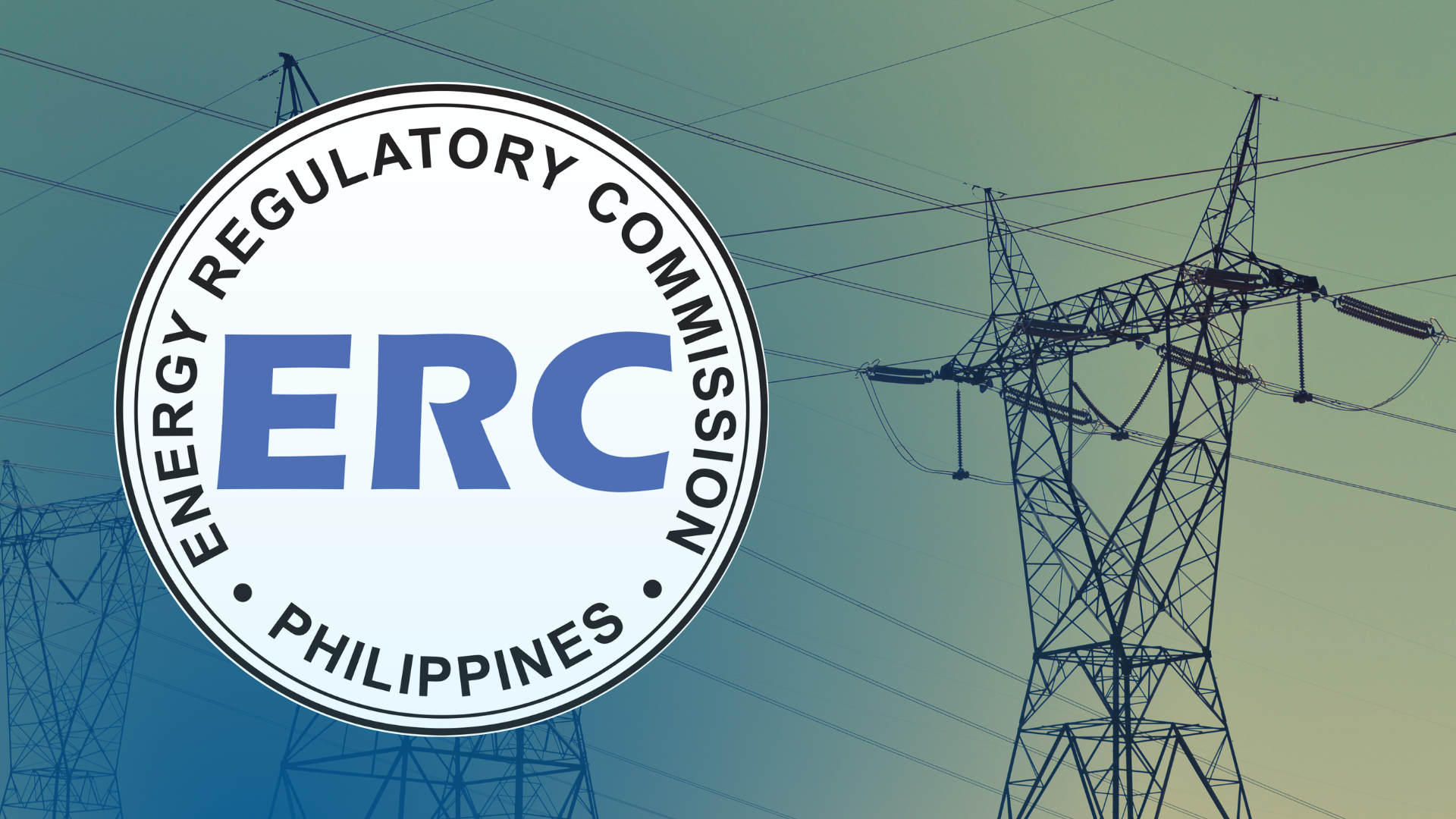The Energy Regulatory Commission (ERC) is investigating why several power plants remained offline on Thursday, prompting the issuance of red and yellow alerts in Luzon and Visayas for three consecutive days.
“Based on our findings, we will formalize the investigation to determine compliance or noncompliance by the relevant stakeholders and implement appropriate measures to impose penalties,” ERC chair Monalisa Dimalanta said in a statement.
READ: Luzon, Visayas grids on yellow alert
The ERC still could not determine why the National Grid Corp. of the Philippines (NGCP) placed the Luzon and Visayas grids under red and yellow alerts for the third straight day on Thursday.
As sole operator of the country’s electric transmission backbone, the NGCP issued a red alert status from 3 p.m. to 4 p.m. and between 8 p.m. and 10 p.m.
Supply situation
Before that, Luzon was placed under yellow alert from 1 p.m. to 3 p.m., 4 p.m. to 8 p.m. and 10 p.m. to 11 p.m.
The NGCP also issued a yellow alert status in Visayas from 1 p.m. to 9 p.m. which was upgraded to a red alert from 6 p.m. to 7 p.m. “due to higher forecast demand this evening.”
The NGCP said the available supply in Luzon was 13,397 megawatts with peak demand pegged at 12,892 MW while in the Visayas, the available capacity was 2,410 MW and peak demand estimated at 2,354 MW.
But 1,891.3 MW is still unavailable to the Luzon grid as 19 power plants are on forced outage while one is running on derated capacity.
In the Visayas, 13 power plants are on forced outage (unscheduled shutdown), while nine others are running on derated (limited) capacities, wiping out 696.7 MW of supply to the grid.
The Department of Energy earlier said the high temperatures have been affecting the operations of power plants as it reminded generation companies to comply with rules on plant maintenance schedules.
This program prohibits power facilities, except hydroelectric power plants, from conducting any maintenance shutdowns during summer months.
This is the third consecutive day that the NGCP issued alerts this week alone.
The grid operator issues a red alert when the power supply is insufficient to meet demand while a yellow alert is raised if the operating margin is insufficient to meet requirements.


